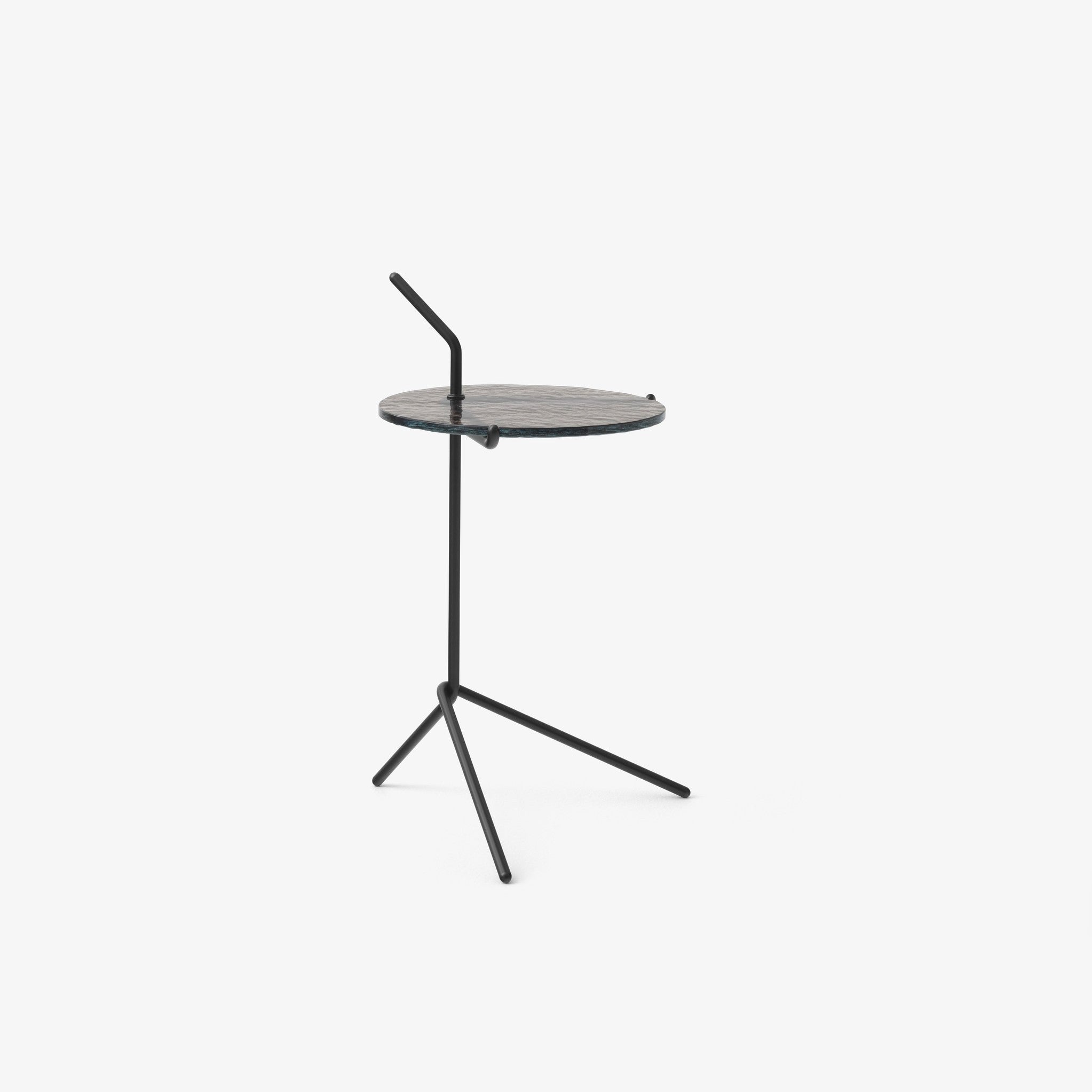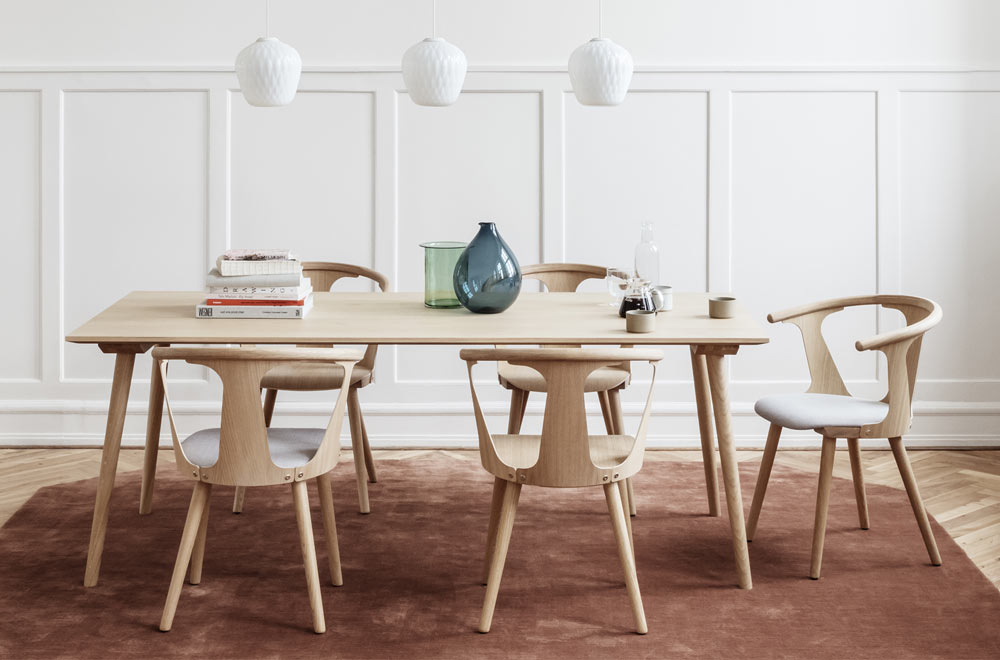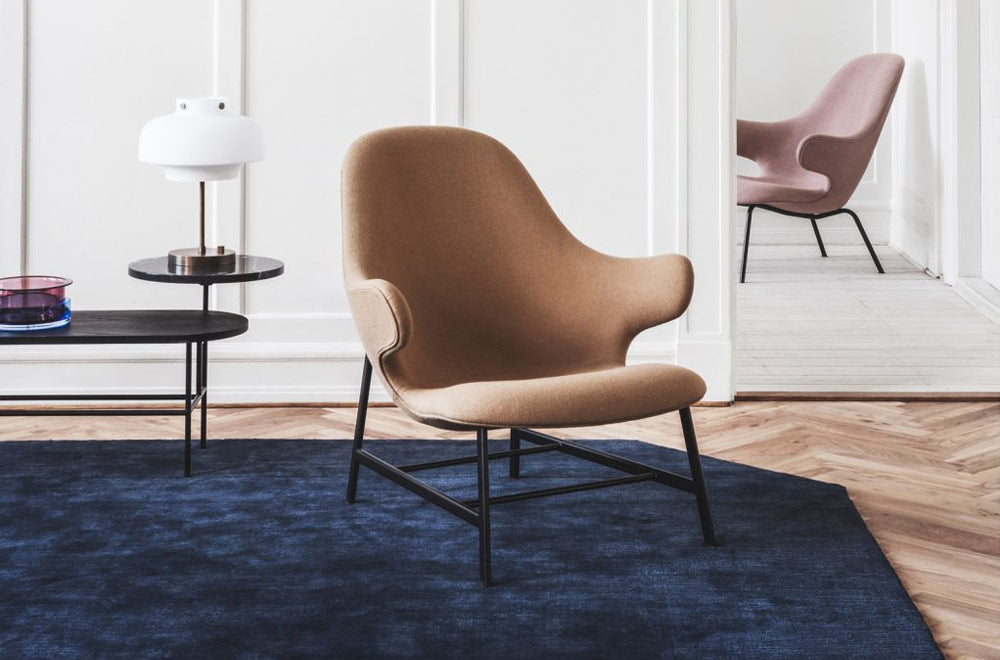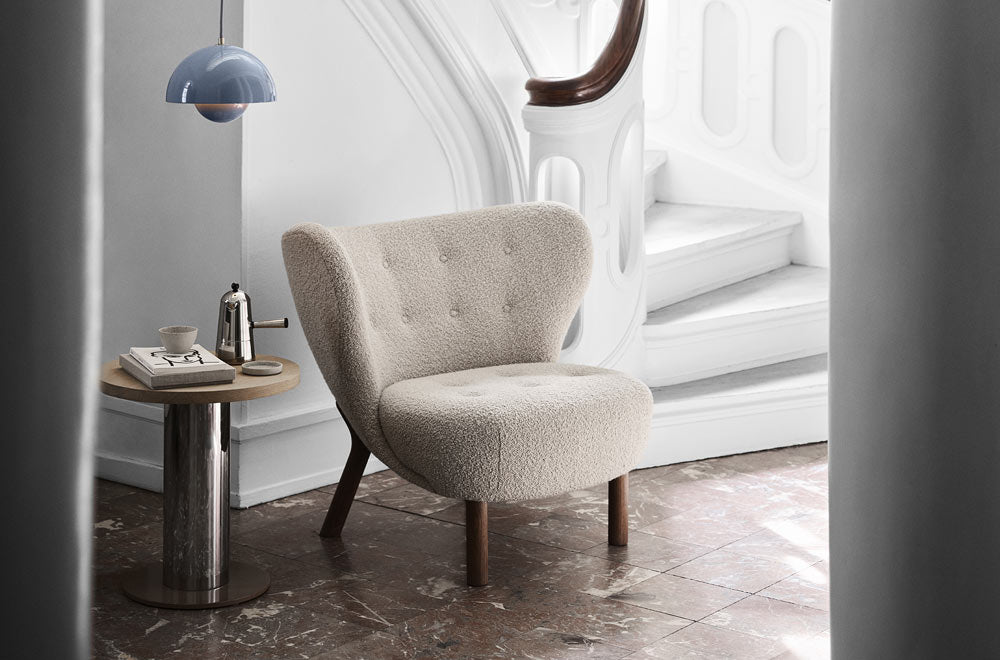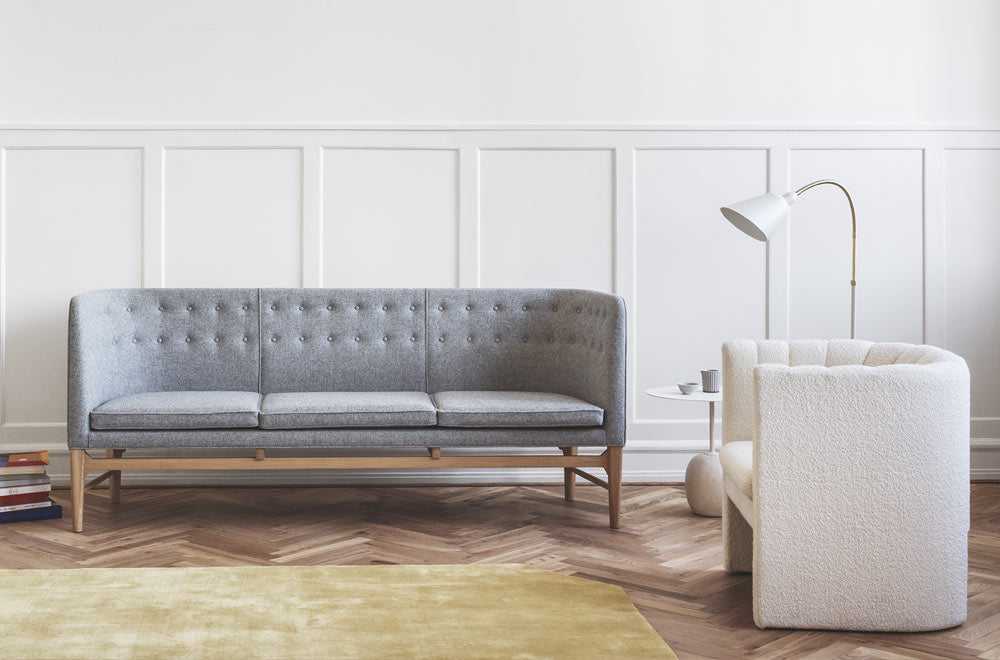The German word for “hold, stay and last”, Halten is designed to be a cherished companion for everyday life. In a home or hospitality setting, you can easily take it with you to pair with an armchair, sofa or pouf. The design reflects Herkner’s impeccable eye for detail and proportion, his affinity for form, and appreciation of precious materials.
- Product Description - Side Table
- Environment - Indoor
- Dimensions - H: 65.7 cm x W: 39.7 cm x D: 32.2 cm
Weight:
- Warm Black & Marble: 6.96 kg
- Warm Black & Smoked cast glass: 6.74 kg
- Polished stainless steel & Marble: 6.93 kg
- Polished stainless steel & Smoked cast glass: 6.73 kg
Product Material
- Frame: High-strength steel
- Table tops: Verde Guatemala marble, Smoked cast glass
Production Process
Both frame variants are crafted from high-strength steel, which is CNC bent and welded. The warm black frame undergoes sanding and powder coating, while the stainless steel version is hand-polished for a shiny surface. Marble tabletops are cut and polished to a satin finish, while the Glass is cast into shape and edges are polished for a smooth finish, the colour is then applied by lacquering the under side of the glass.
It took the German designer Sebastian Herkner only a few years to convince the whole design scene of his talent with his unusual material mixes and timeless shapes, always managing to communicate an impression of sensibility. Today, he is contributing to the collections of the most important design houses worldwide and has won numerous awards for his design.
When designing everyday objects, Sebastian Herkner is influenced by his observations of people and their actions. In this context it is important to look beyond your own disciplines in order to achieve a value-added for the user. Herkner is not so much influenced by trends or current consumer criteria, because what interests him is a collage of simple techniques and traditional materials coupled with a simple mechanical principle and an unambiguous function. His idea of sustainability consists of employing traditional manufacturing techniques and their unique character. He then combines and interprets this by employing new technologies and finishing methods.




